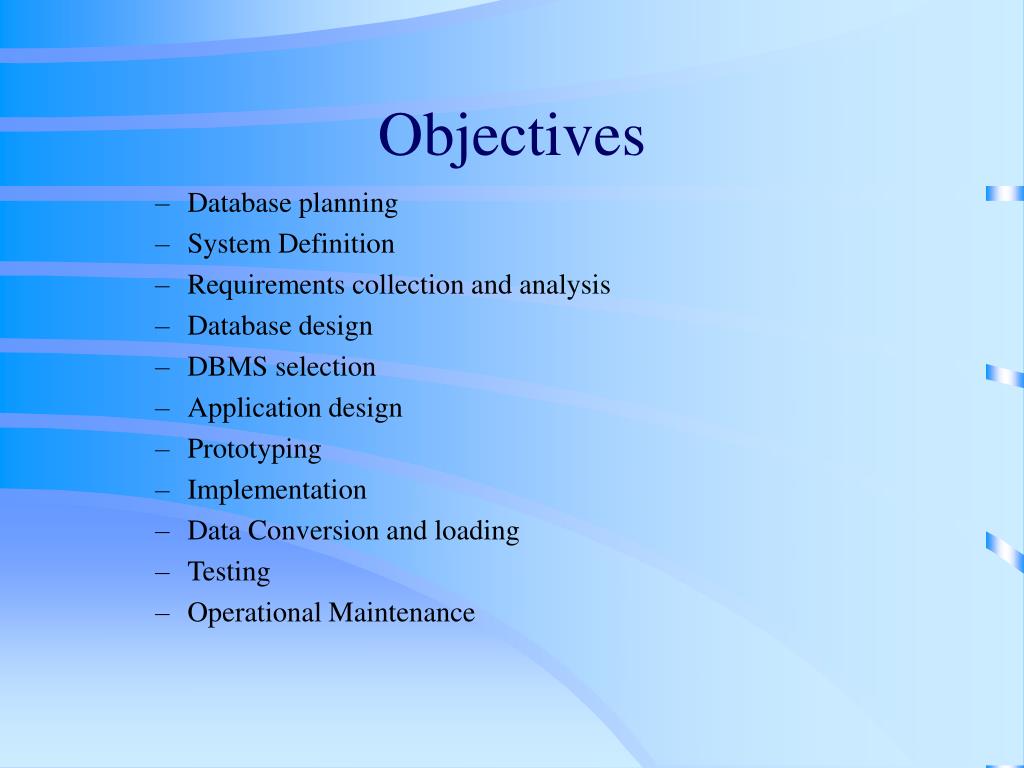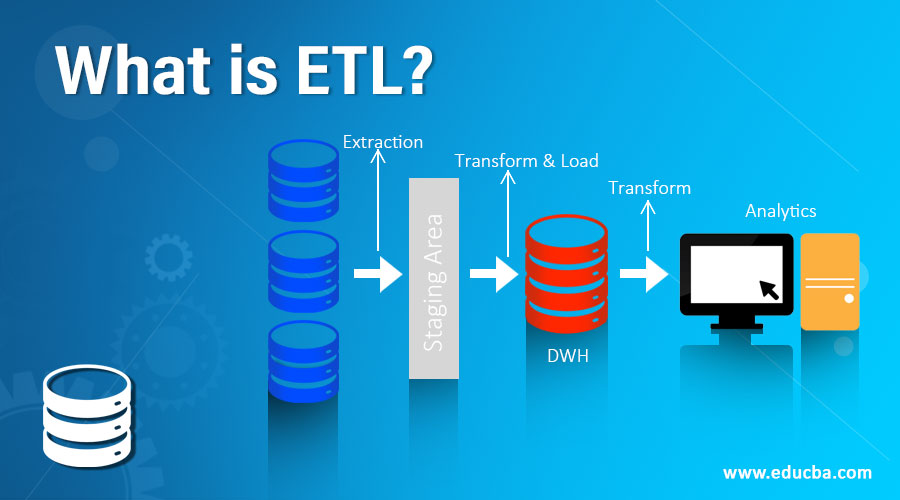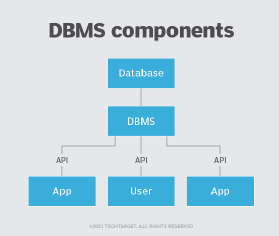

I want a database for the refugees, we have no idea who these people are. To get started with the database, you’ll want to understand the general information about the order of operations in a database.Īgain, I have curated a list of resources that will provide you with information for learning about Databases.What Make It Work is calling for is a publicly available database that would show what employers pay for different jobs based on sex, race and ethnicity. This allows multiple users to access the data and make smart business decisions. By managing these three elements, your databases will be more secure and consistent. When you use a DBMS, you are expected to carry out three important activities on your database and they are your data, the database engine and the database schema. Small databases can be maintained on personal-computer systems and used by individuals at home. The information in many databases consists of natural-language texts of a document numerical-oriented databases primarily contain information such as statistics, tables, financial data, and raw scientific and technical data. Microsoft Azure SQL Database, Amazon Relational Database Service, Oracle Autonomous Database. Cloud databases are also often low-maintenance since many are offered via a SaaS model. Like other cloud-based applications, cloud databases offer flexibility and scalability, along with high availability.


This type of database could be called a non-relational database and they don’t have to conform to a pre-defined schema database schema is the skeleton structure that represents the logical view of a Database.Īpache Cassandra, MongoDB, CouchDB, and CouchBaseĪ cloud database refers to any database that’s designed to run in the cloud. Data access language gives you the access to run the CRUD operator on your database. NoSQL is a broad category that includes any database that doesn’t use SQL as its primary data access language. Microsoft SQL Server, Oracle Database, MySQL, PostgreSQL and IBM Db that allows each data to be easily manipulated across rows and columns. Within the tables, data is stored in rows and columns. If you’re trying to pick the right database for your organization/personal project, here’s a guide to the properties and uses of each type.ĭata is stored in multiple, related tables. Storing data doesn’t have to be a headache. Fields are the basic units of data storage, and each field typically contains information pertaining to one aspect or attribute of the entity described by the database.ĭatabase technology has changed and evolved over the years and it can start to get confusing. The information in these files may be broken down into records, each of which consists of one or more fields. The Database management system (DBMS) is a structured principle used in storing, retrieving, editing, and deleting files.Ī database is stored as a file or a set of files. Information are been extracted from a database in response to queries and are been stored by an action carried out by the users. Remember “The information you read when you visit a website has been organized and arranged in a manner that appears to your craving for information.”Ī database, also called an electronic database, is any collection of data stored, and that’s been process to present appealing information, that is specially organized for rapid search and retrieval by a computer. In our last newsletter, we discuss “ Data Manipulation ”. Databases are structured to assist with the storage, retrieval, modification, and deletion of data in collaboration with various data-processing operations.


 0 kommentar(er)
0 kommentar(er)
